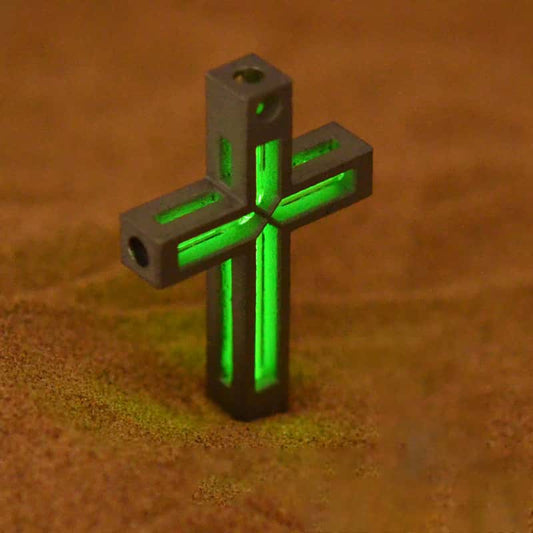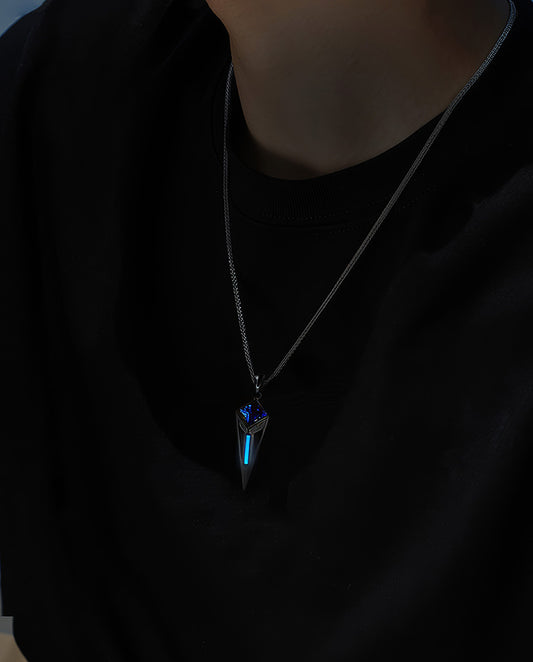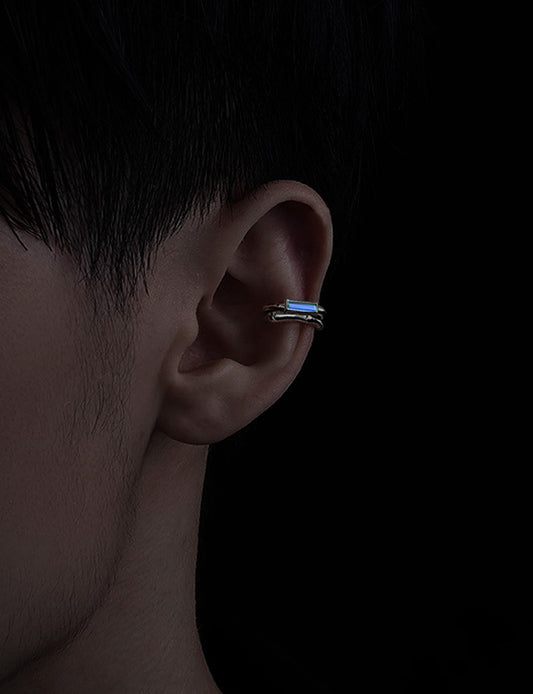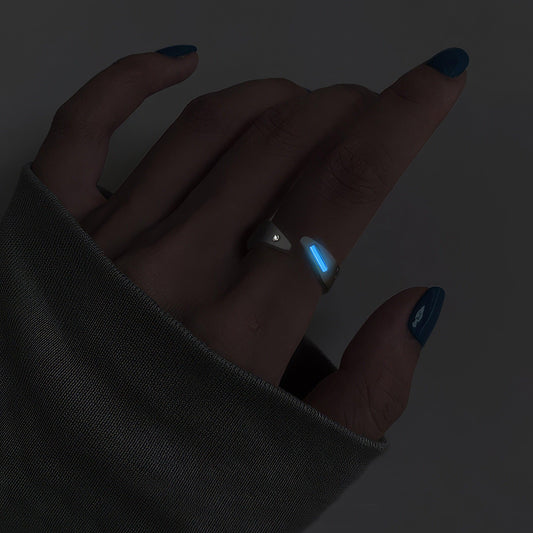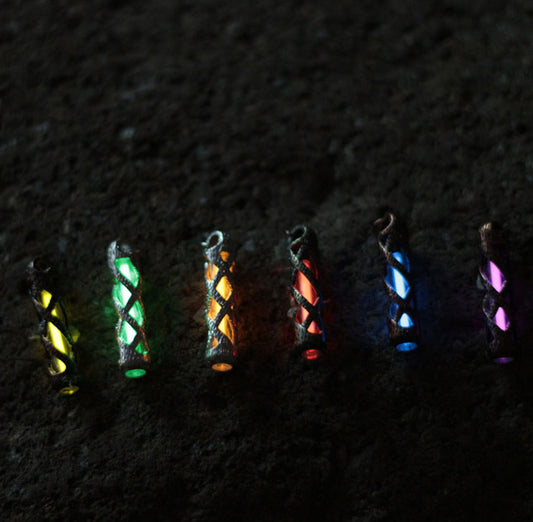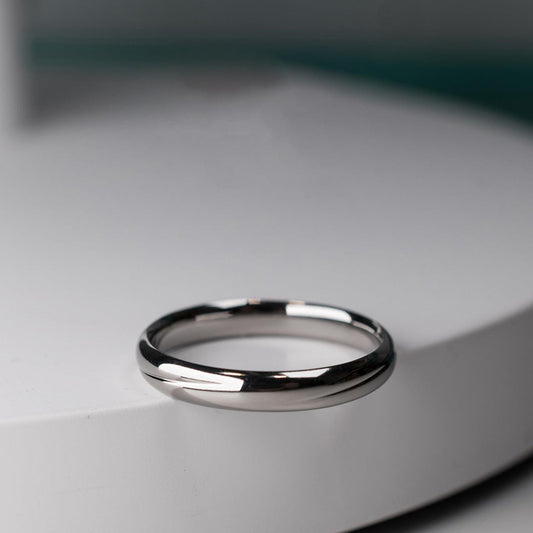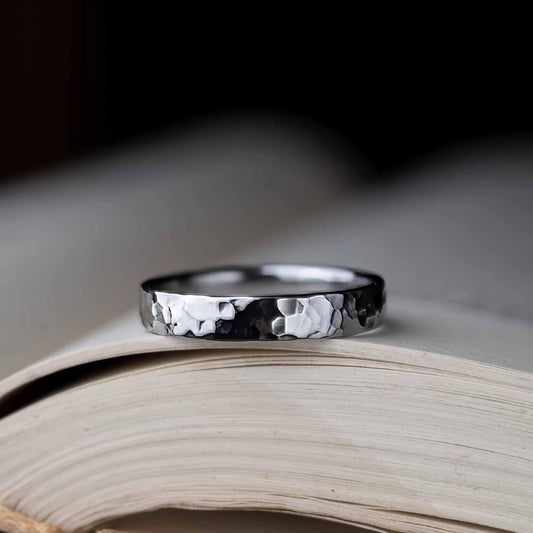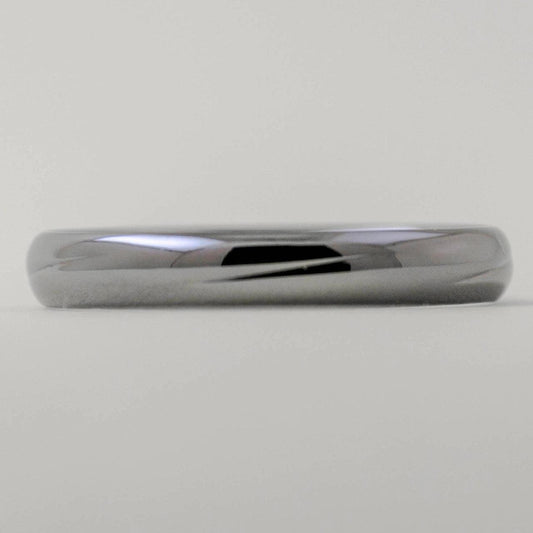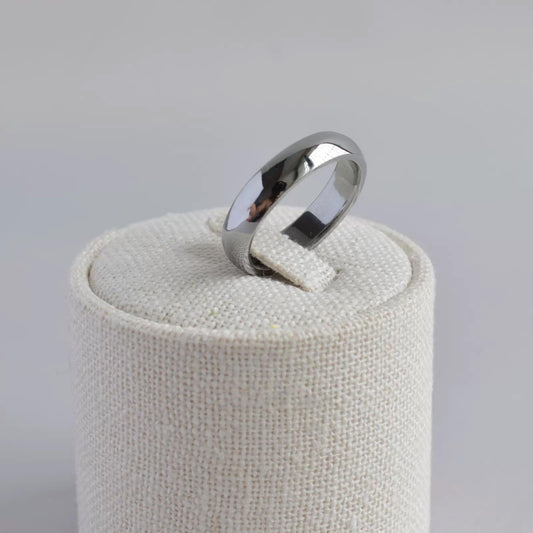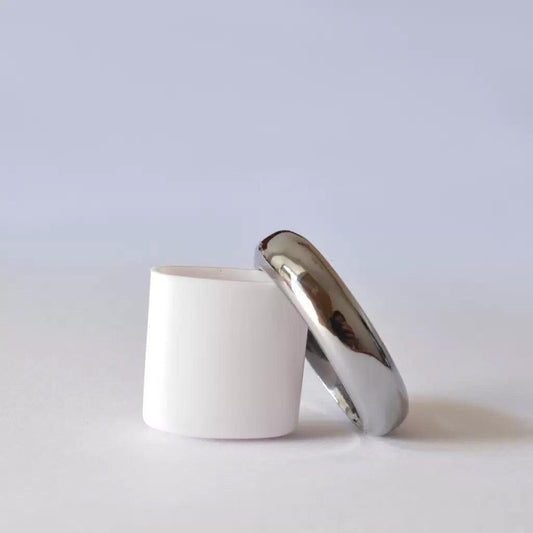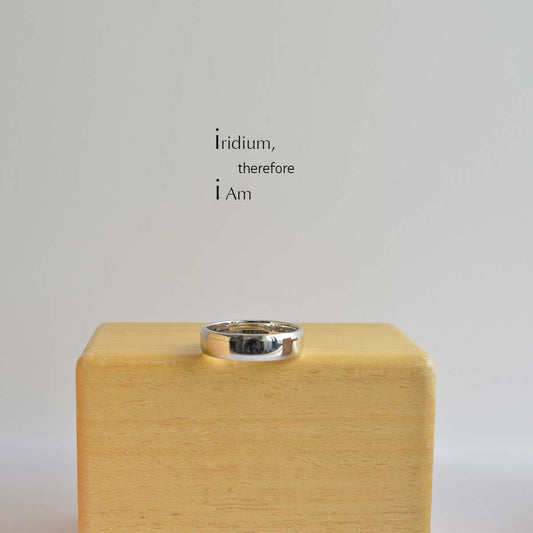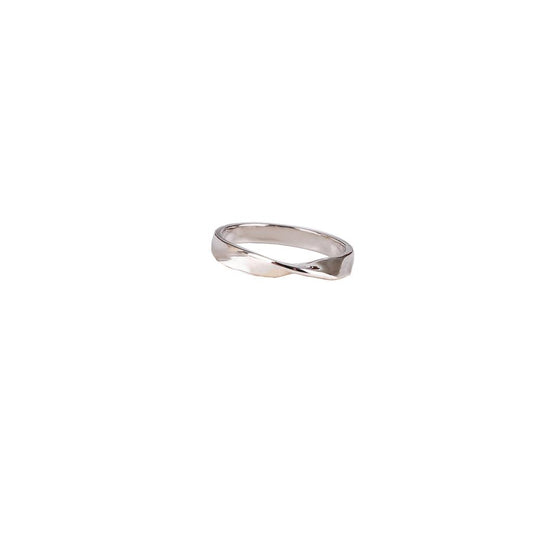Are Diamonds Hard to Break
Are Diamonds Hard to Break
Walking into my grandmother’s modest living room was always a journey back in time. A small cabinet stood in the corner, showing off her cherished treasures—a mix of eclectic mementos and family relics. Among the porcelain figurines and worn-out books, a diamond necklace lay almost hidden, nestled in a velvet box. She had always told me, with a twinkle in her eye, that diamonds were the strongest material on Earth, and I would nod along, amazed by the indestructibility of these shiny rocks.
As I grew older, curiosity got the better of me, and I began to wonder just how true that really was. Are diamonds truly as unyielding as they seem, or is there more to their story?
Diamonds are renowned for their hardness, a trait that's led to their perception as unbreakable. This hardness is due to the structure of carbon atoms within the diamond, each one bonded strongly to four others in a crystal lattice. However, while diamonds are incredibly hard, helping them resist scratches, they aren't necessarily tough. It’s an interesting distinction and one that might be surprising. Hardness pertains to surface resistance to scratching, measured by the Mohs scale, where diamonds sit comfortably at a score of 10. Toughness, on the other hand, involves the ability to withstand cracking or chipping, and that's where diamonds show a bit of vulnerability.
I came across this firsthand during a rock-climbing outing. Not that I was scaling cliffs with diamonds, mind you, but a fellow climber was lamenting about a chipped engagement ring. The ring had snagged on a piece of climbing equipment, and though the scratch-resistant surface of the diamond remained unscathed, the pressure had caused a small chip. It was a moment of revelation—diamonds, despite their legendary status, aren't invincible.
In fact, diamonds feature planes of weakness within their crystal arrangement known as cleavage planes. If struck at just the right angle, a diamond can indeed chip or even shatter. Jewelers, sophisticated in their craft, exploit this to cut diamonds into the beautiful shapes that adorn jewelry boxes worldwide. This skill is almost like playing a careful game of Jenga, removing blocks with precision to avoid collapse.
Culturally, diamonds are more than just a material. They symbolize eternal love and status, perhaps giving them a mythical aura that overshadows their scientific properties. Much like the ornate Fabergé eggs or the timeless strains of a classic jazz record, diamonds carry a narrative that spans generations.
I suppose the wonder of diamonds lies not just in their physical characteristics, but in the stories they carry—with every sparkle, a whisper of history, every reflection, a glimpse into their multifaceted world. From the moment my grandmother first showed me her necklace, to the surprising vulnerability discovered through a climber’s lament, diamonds weave threads of connection and revelation.
So, next time you gaze at a diamond, consider not just its dazzling surface but its deeper, more nuanced nature—a blend of strength and fragility that, much like our own lives, tells a story beyond what meets the eye.
